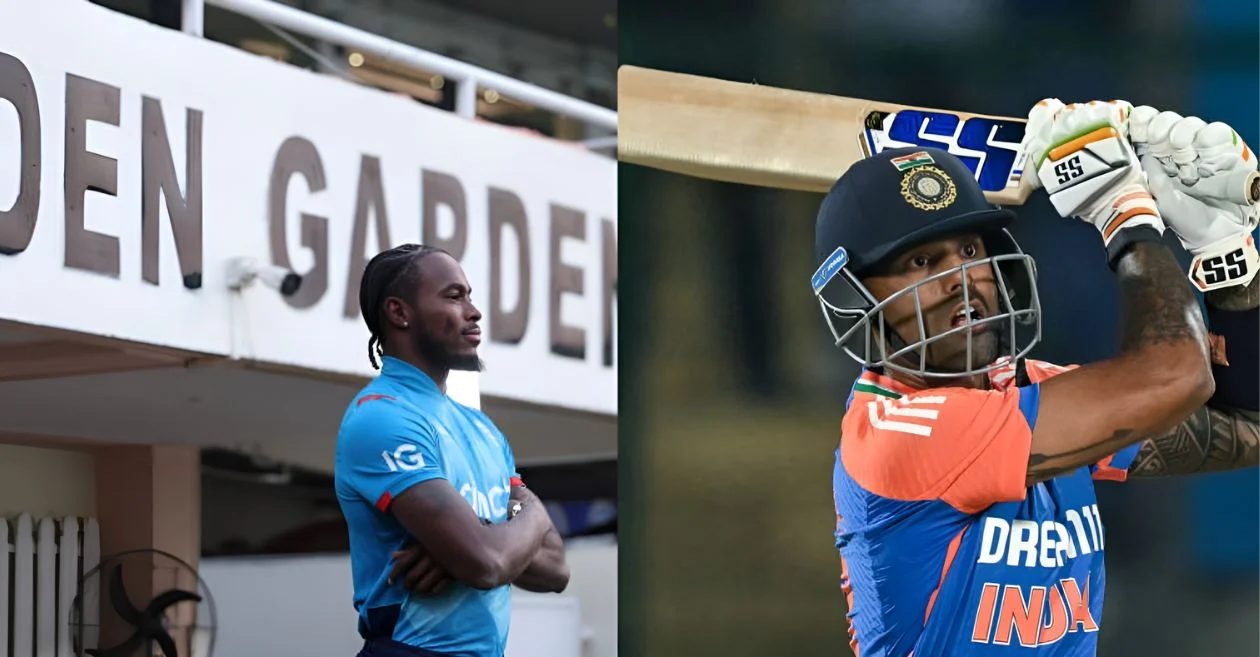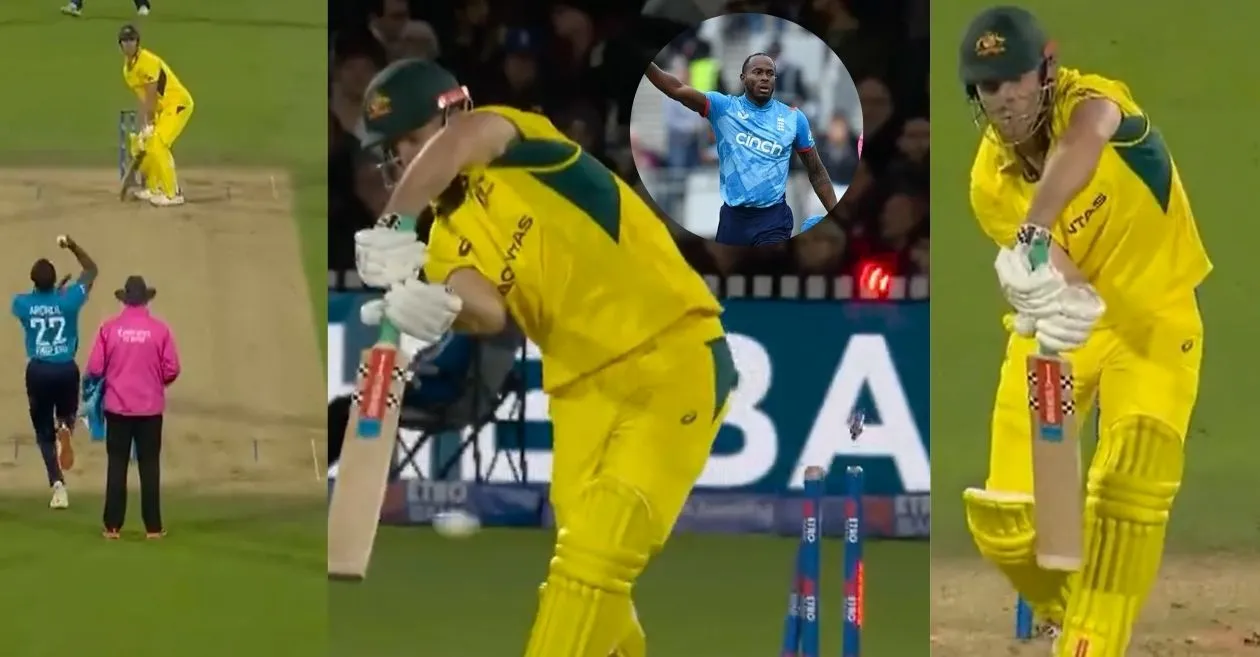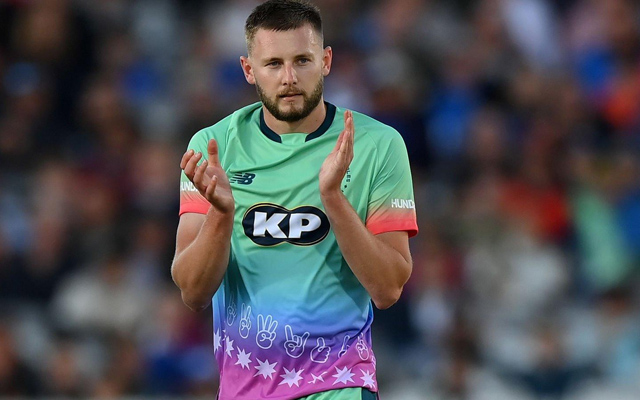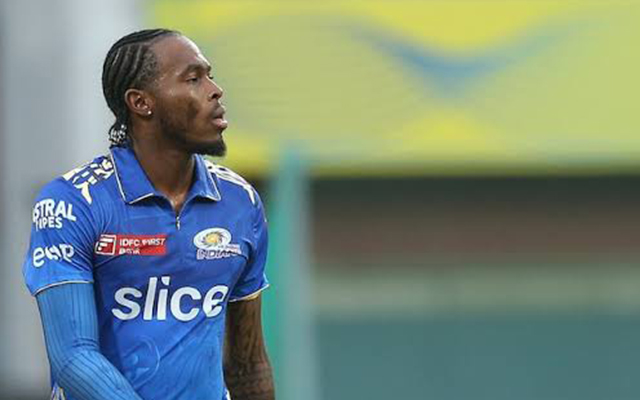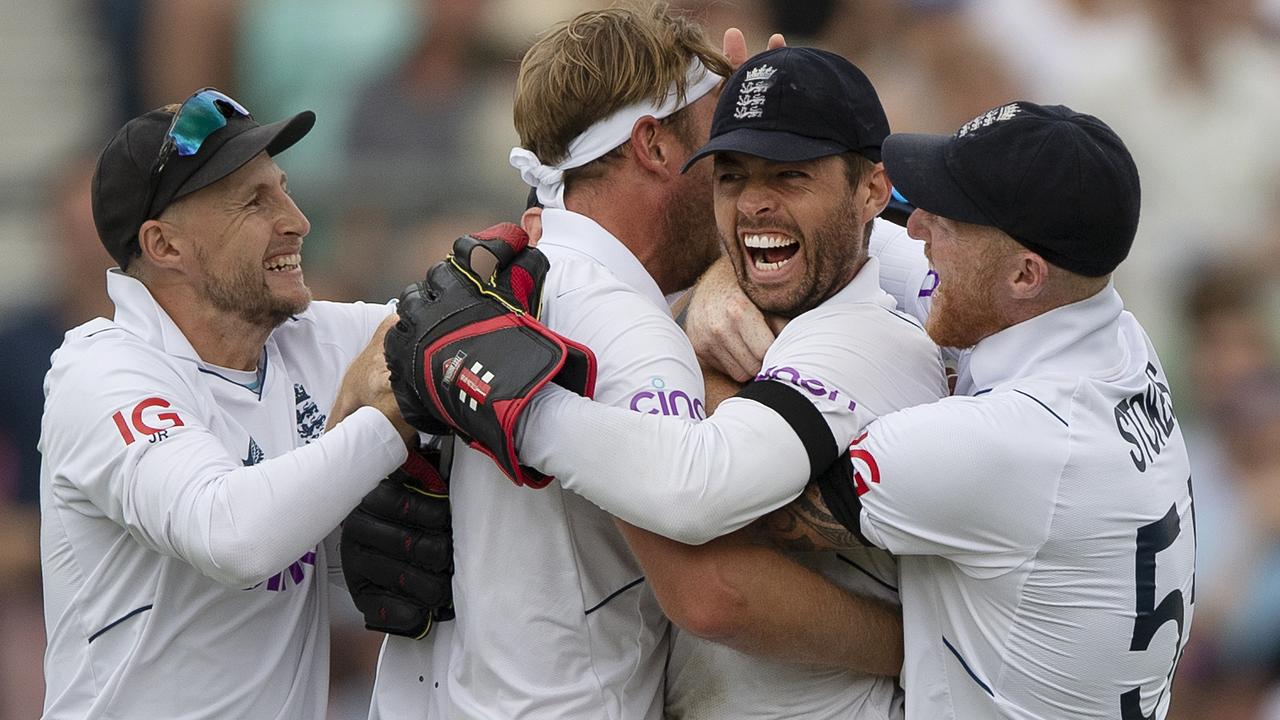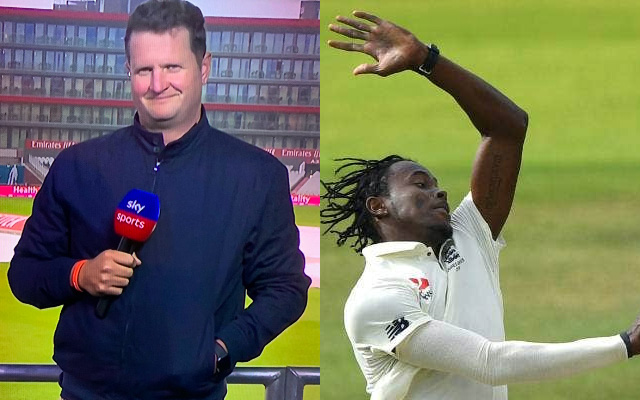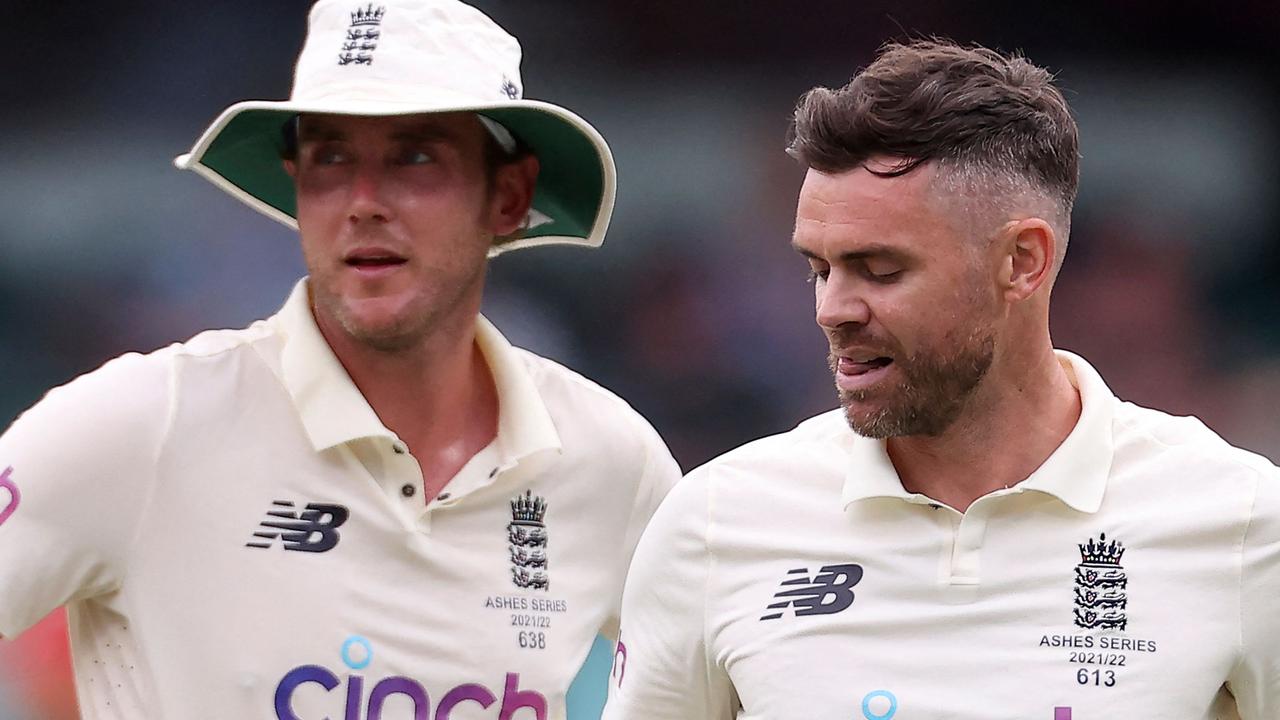With the start of the series a little more than three weeks away, THE TIMES’ cricket writers look at the big selection issues and offer their predictions for an intriguing seven weeks.
Mike Atherton: Taking Jonny Bairstow’s fitness on trust (the medics know more than we do), then England made the right call. Once fully fit – wicketkeeping is significantly more challenging than fielding and, therefore, that is my main concern – they had to recall Bairstow and giving him the gloves was the right option. Is it tough on Foakes? Selection is about picking the right team, not the fairest team. Foakes would not let England down, but only one man can do the job. Bairstow’s record as a wicketkeeper in Tests is better than commonly imagined, and Australia will be worried about him at No 7.
Steve James: Of course it was harsh on Foakes because he has done nothing wrong, but it was entirely expected from my point of view – and the correct decision. Bairstow simply has to play, as long as England are certain that he is fully fit, and his preference has always been to bat at No 7 and have the gloves. He had to be coaxed into the No 5 non-keeping role last year and look how he did under Ben Stokes and Brendon McCullum – so just imagine what he could do under them in his more favoured role.
Elizabeth Ammon: Bairstow needed to come back in – he’s a game-changer – but dropping Foakes wasn’t the solution I would have chosen. It’s incredibly harsh on Foakes and he seems to be the fall guy for retaining Zak Crawley.
John Westerby: Selection is supposed to be harsh. If a better option comes along, they get picked. Foakes has done an excellent job, but it’s not as though he was averaging 50 with the bat. The prospect of Bairstow batting with the tail will make England stronger. The pertinent issue is Bairstow’s durability as a wicketkeeper. If England spend long periods in the field, there will be scrutiny on his recently rehabilitated left leg amid a gruelling schedule of five Tests in seven weeks. Foakes may yet have a role to play.
Elgan Alderman: Harsh and wrong. Foakes’s wicketkeeping skill speaks for itself and with the bat he has made important runs in every series under McCullum and Stokes. He helped Joe Root over the line in the first Test of last summer against New Zealand and made an unbeaten hundred against South Africa. He was the anti- Gilchrist, a late-order oasis after the chaos above. If bare numbers excite you, Foakes has averaged more with the bat in the past 12 months than Zak Crawley, Ollie Pope and Stokes.
Who should open the batting for England?
Atherton: Opening is a specialist position, so the talk of promoting Bairstow or Stokes was just that. The only possible alternative among those selected would have been Root, who was trained as an opener all the way through his younger days and has the game for it, but he is entrenched in the middle order now. Having come so far with Crawley, I can’t see the logic in changing now and Australia were more concerned by bowling at him in the previous Ashes than Rory Burns or Haseeb Hameed. It is England’s weakest suit for sure, but Crawley and Ben Duckett for me.
James: It has made for a good debate because Crawley was the only other player who could have been omitted for Bairstow, but that was never going to happen. I think that, of the present order, only Root is capable of moving up. I did once trumpet Bairstow in the role but, having got to know him better, it is a complete non-starter. Stokes’s backfoot defensive technique – getting too squared up – would be exposed at the top of the order.
Ammon: Test cricket is far more akin to white-ball cricket, in which Bairstow opens successfully. I would not have sacrificed the best wicketkeeper in the country and would have either tried to persuade Root, Stokes or Bairstow to do it. Pope had never batted at No 3 before last summer and that seems to be working out OK.
Westerby: We’re into our second decade of pondering this question, without clear answers emerging. Australia’s new-ball attack will provide a stern test for England’s openers and this is not the time to be introducing fresh faces. It’s not sufficient to say Crawley isn’t consistent enough; there has to be a compelling alternative. Alex Lees? Hameed? Keaton Jennings? The backing for Crawley’s ability to influence a game decisively, albeit sporadically, has become symbolic for the “Bazball” approach. The pressure will grow, however, when those around him are not compensating for his inconsistency.
Alderman: I would never have mooted it 12 months ago, but I would go for Stokes opening the batting, Bairstow in the middle order and Foakes keeping wicket. It is a move in keeping with the “Benball” era: lead the attack from the front, try something different. Crawley has the full support of the team but his heralded upside has been as fleeting as a demon’s whisper thus far.
With Jofra Archer out for the summer, what would be your bowling attack if the first test were starting tomorrow?
Atherton: Assuming all are fit and conditions are as expected: James Anderson, Ollie Robinson, Mark Wood, Jack Leach and Stokes. Clearly, with five Tests in seven weeks, there will be an element of rotation during the series.
James: So much depends on Stokes’s ability to bowl. If he can, then you can play a rather samey but also rather tasty trio of Anderson, Stuart Broad and Robinson. However, Robinson has an ankle problem and England will be mindful of what happened with Anderson in 2019, when he bowled four overs in the first Test and was never seen again. So I might go for Chris Woakes on his home ground of Edgbaston in the first Test instead of Anderson, and if Robinson is unfit then Wood. Could Leach be omitted, and four seamers picked, if Stokes can’t bowl?
Ammon: Assuming Stokes is fit enough to be a fourth seamer if needed: Broad, Robinson, Woakes and Leach against Ireland; Anderson, Robinson, Wood and Leach for the first Ashes Test.
Westerby: The best hope for the Ashes is that Stokes can play as a bowler, Robinson is able to play five Tests and Leach survives whatever Australia’s batsmen throw at him. Broad, Anderson, Wood, Woakes and Matthew Potts can then rotate around that axis.
Alderman: All the talk has been about England’s (now dwindling) stock of fast bowlers, but there’s nothing wrong with having three sub-90mph right-armers for the start of the series: Anderson, Broad and Robinson. Woakes, whose all-round record in England is all-timer good, could fit in for any of them. Have Wood on ice in case the early Tests do not go to plan.
What have you made of England players such as Stokes and Root being at the IPL but not playing?
Atherton: It is a reflection on where cricket is at, on player power, and on England’s pragmatic attitude: they are wary of telling the players what to do in case they get an answer they don’t want to hear. I understand the pragmatism, but once the players are contracted for 12 months, I would use that element of control to ensure the best possible preparation. Quite whether the County Championship fits into that, being played in bleak conditions in April and early May, is another argument.
James: We just have to get used to it these days, even if it seems so frustrating for county followers. It is Root’s first IPL and practice-wise he knows what he is doing, even though he has had little opportunity in the middle, so who can begrudge him the opportunity? Likewise with Stokes. He is at the stage of his career where he deserves all the money he is getting and, knowing how much this Test team means to him, he would never jeopardise that. We just have to trust these two.
Ammon: It has been helpful to have Stokes warming the bench rather than playing – he’s getting a decent payday for not doing much and saving himself for the Ashes – and Root is adamant that he has learnt more at the IPL than he would have done playing for Yorkshire in Division Two.
What have you made of Australia’s preparations? Who should England be most worried about?
Atherton: Steve Smith and Marnus Labuschagne are the engine room of Australia’s batting and much hinges on them. Hopefully Robinson has had a close look at Smith at Hove and found a weakness! If they struggle then Australia will struggle. They have a terrific bowling attack but five Tests (effectively six with the World Test Championship final) in two months is a big ask, so how well Michael Neser and Scott Boland are able to back up Pat Cummins, Mitchell Starc and Josh Hazlewood will be a big factor.
James: Though I think the all-rounder Cameron Green will be influential, Labuschagne and Smith could decide the series, because it is doubtful whether David Warner can come again, and those two will need to provide the bulk of the runs.
Westerby: The presence of a genuine all-rounder is one area in which England – through Ian Botham, Andrew Flintoff and Stokes – have often held an advantage. Australia now have Green and how well he adapts to conditions could be a compelling subplot.
And finally your predictions?
Atherton: I am slightly less confident than I was at the end of the winter, when England were flying. Injuries to the likes of Archer and a lack of game time and/or form in the IPL for Harry Brook, Root and Stokes has tempered the optimism somewhat. But Australia haven’t won here since 2001 and England are very hard to beat at home. I’m excited by the fact it is so hard to call: a great series is in prospect, with England having a really good chance of winning.
James: The same as last time here in 2019: 2-2.
Ammon: England to win 3-1.
Westerby: 3-2 England. Australia’s pace attack is outstanding, but none of them are spring chickens and if England can blow a hole or two in their attack, as they did with Jason Gillespie in 2005, the cracks could begin to open.
Alderman: 3-1 England. I’m still not convinced by Australia away from home.
-The Times
Originally published as Where the Ashes will be won and lost: Times writers deliver their verdicts on England v Australia
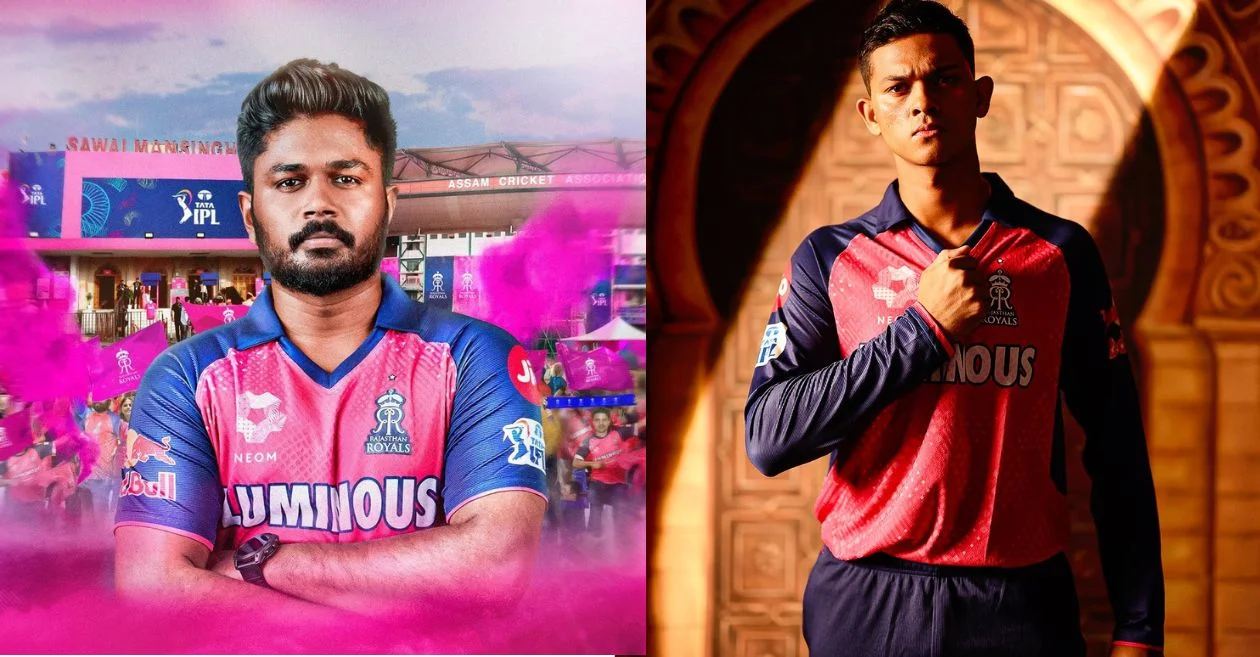
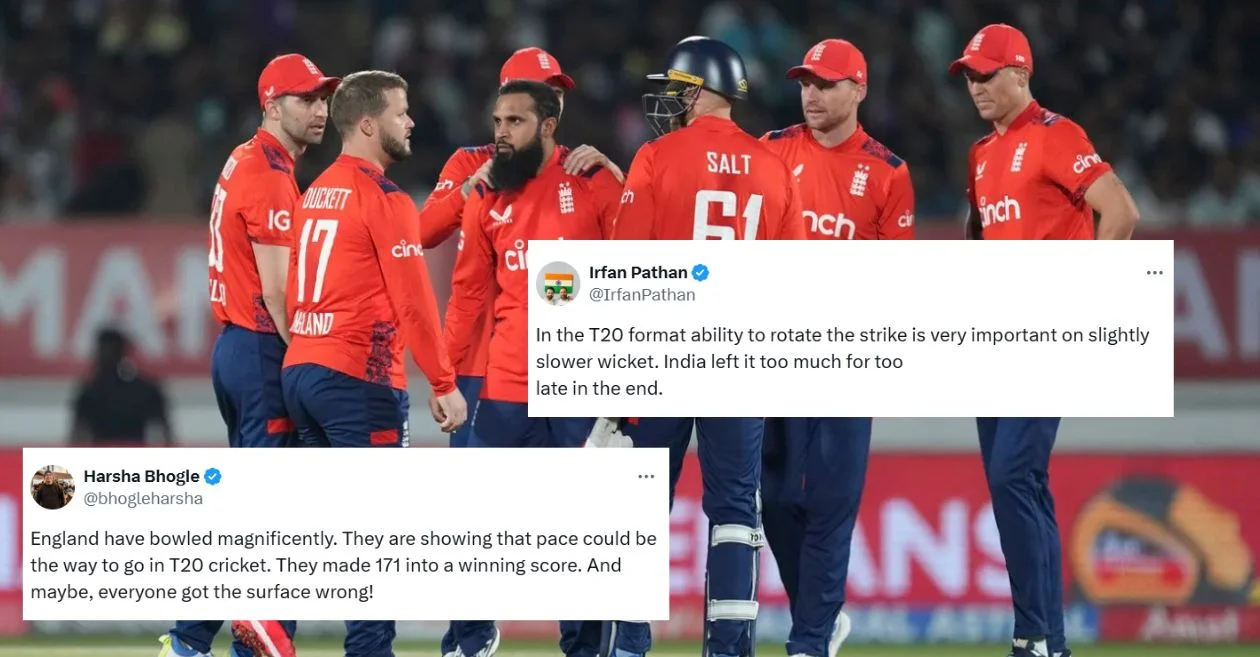


 (@CricCrazyNIKS)
(@CricCrazyNIKS) 